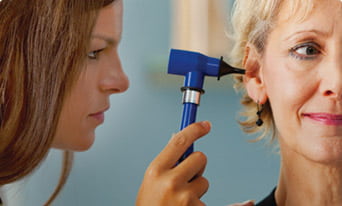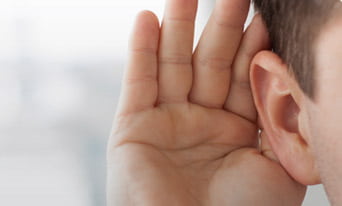How Is The Ear Built?
Sound waves travel through 3 key parts of the ear. The outer ear (or the pinna), move inwards through the auditory canal, then vibrate. The vibration transforms because of tiny bones in the ear (malleus, incus and stapes). From there the inner ear (cochlea) begins to work. Through fluid and tiny hairs in the cochlea (cilia), electrical activity connects to neutrons and we hear sounds. We connect these sounds to images as we develop and once we can differentiate sounds, this is what we call hearing.
Hearing loss comes in different severities. For example, an elderly man may have difficulty hearing anything if he goes without hearing aids. But a younger woman might have difficulties hearing the highest note on a piano key, but otherwise, can easily hear other sounds without complications.
How Is Sound Measured?
We measure sound by hertz. While the intensity of a sound is measured in decibels from 0 to 140. To put it in perspective, the 140 would equal the sound of a gun shot blasting in your ear, while 0 would be absolute silence. If you were to hear constant gunshot blasts beside your ear, it would be very overwhelming and eventually, you’d suffer a severe degree of hearing loss.
What Triggers Hearing Loss?
Excessive noise, such as gun blasts, are a huge trigger for hearing loss. Repeated loud noises degenerates the quality of hearing of an individual over a period of time. This can be caused by simple triggers like listening to music loudly through ear buds, or even by the constant loud whirring of machines during construction services. Encouragingly, 71% of Australians believe listening to music through headphones will have the greatest impact on their hearing. Since loud music is a part of the excessive noise, it proves we understand how important small triggers are when related to our hearing.
Can Hearing Loss Be Fixed?
There is no cure for hearing loss but there are solutions that help correct and improve your hearing. A correctly fitted hearing aid can restore up the 80% of your hearing and can improve the quality of your life out of sight. At Hearing Choices we’re educating people about the effectiveness of modern listening devices. We’re also making hearing care more affordable and more accessible than ever before.





